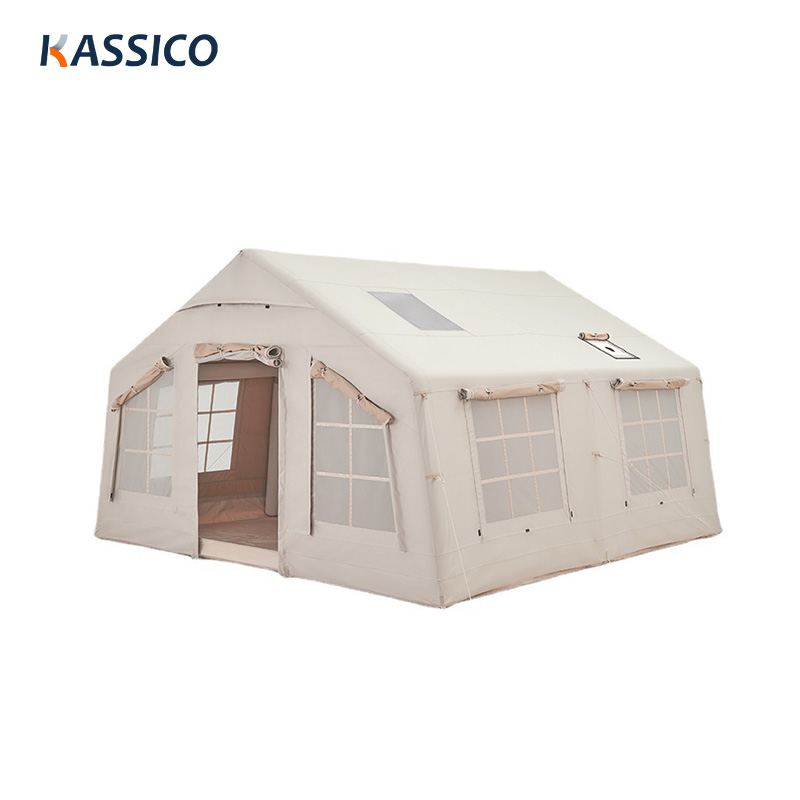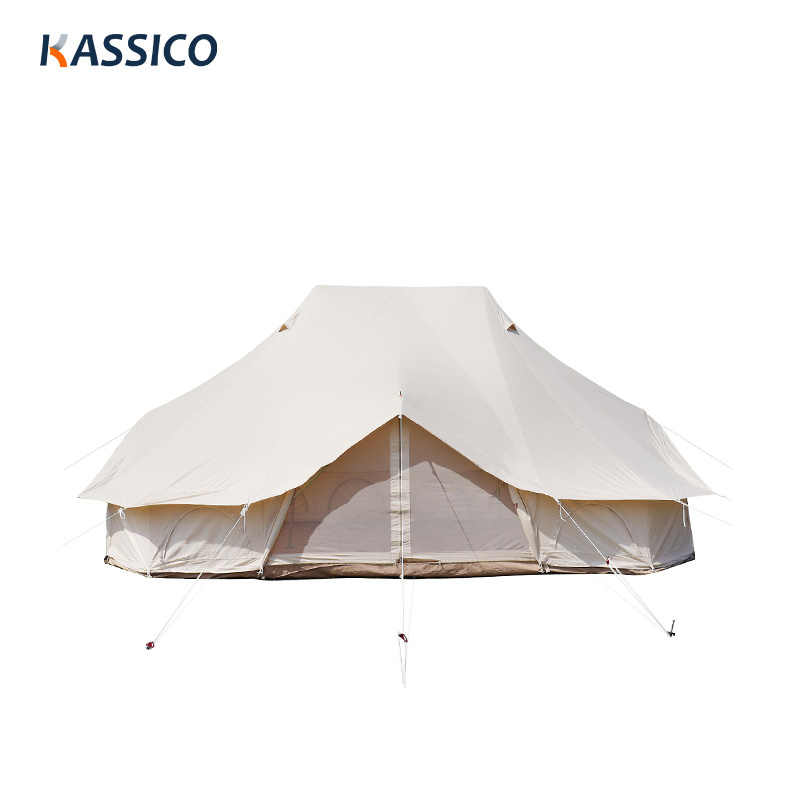What Should Be Considered When Camping in Yosemite National Park?
Camping in Yosemite National Park offers an unforgettable experience surrounded by breathtaking landscapes, towering granite cliffs, and stunning waterfalls. However, to ensure a safe and enjoyable trip, there are several key considerations to keep in mind.
1. Campground Reservations & Permits
- Book in Advance: Yosemite’s campgrounds fill up quickly, especially in peak seasons (spring to fall). Reservations are required for most campgrounds.
- Permit Requirements: If you plan to camp in the backcountry, you need a wilderness permit. Permits for popular trails, like Half Dome, have limited availability.
- Check Availability: Some first-come, first-served sites are available but fill up early in the day.
Popular Campgrounds in Yosemite
- Yosemite Valley: North Pines, Lower Pines, and Upper Pines Campgrounds
- High Country: Tuolumne Meadows Campground (summer only)
- Wilderness Camping: Backcountry sites with a permit
2. Bear Safety & Food Storage
Yosemite is home to black bears, and proper food storage is essential.
- Use Bear-Proof Storage: Food, scented items, and toiletries must be stored in bear lockers at campgrounds.
- No Food in Cars or Tents: Bears can break into vehicles if they smell food. Never leave food or scented items in your car overnight.
- Dispose of Trash Properly: Use designated bear-proof trash cans to prevent attracting wildlife.
3. Weather Considerations
Yosemite experiences varying weather conditions depending on the season and elevation.
- Spring (March–May): Cool temperatures, snow in higher elevations, and waterfalls at peak flow.
- Summer (June–September): Warm days, cool nights, and crowded conditions.
- Fall (October–November): Crisp air, fewer crowds, but unpredictable weather.
- Winter (December–February): Snow-covered landscapes; some roads and campgrounds close.
Packing Tips for Weather Protection
Layered Clothing – Temperatures can drop at night, even in summer.
Rain Gear – Unexpected rain showers can occur.
Sleeping Bag Rated for Cold – Nighttime temperatures can be chilly.
4. Fire Regulations & Campfire Safety
- Check Fire Restrictions: Campfires may be prohibited during dry seasons due to wildfire risks.
- Use Designated Fire Rings: Fires are only allowed in designated areas within campgrounds.
- Never Leave Fires Unattended: Fully extinguish fires before sleeping or leaving the site.
5. Drinking Water & Waste Disposal
- Water Sources: Many campgrounds provide potable water, but some backcountry sites require water purification (boiling, filtering, or chemical treatment).
- Pack Out Waste: Leave No Trace principles apply—pack out all trash and human waste in remote areas.
- Use Restrooms or Portable Toilets: Some areas require you to carry a wag bag for human waste disposal.
6. Wildlife Awareness & Safety
- Stay at Least 50 Yards Away from Bears & 25 Yards from Deer: Keep a safe distance to avoid disturbing wildlife.
- Do Not Feed Animals: Feeding wildlife disrupts their natural behavior and can be dangerous.
- Store Scented Items Properly: Even toothpaste and deodorant can attract wildlife.
7. Navigation & Emergency Preparedness
- Cell Service is Limited: Do not rely on phones for navigation or emergencies.
- Carry a Map & Compass or GPS: Be familiar with the terrain before hiking or setting up camp.
- First Aid Kit: Include bandages, antiseptic, blister care, and emergency supplies.
- Emergency Contact Plan: Let someone know your itinerary, especially for backcountry camping.
8. High-Altitude & Physical Readiness
- Yosemite’s Elevation Varies: Some campsites are over 8,000 feet (Tuolumne Meadows), which can cause altitude sickness.
- Acclimate Gradually: If coming from lower elevations, take it easy for the first day or two.
- Stay Hydrated & Eat Well: Dehydration and fatigue are common in high altitudes.
9. Choosing the Right Gear
Tent Suitable for Weather Conditions – Wind-resistant and waterproof.
Sleeping Pad & Warm Sleeping Bag – Nighttime temperatures drop, even in summer.
Headlamp or Flashlight – Essential for nighttime visibility.
Cooking Equipment – Camp stove, fuel, and bear-proof food containers.
10. Crowd Management & Quiet Hours
- Expect Crowds in Summer: Popular areas like Yosemite Valley can get extremely busy.
- Visit Early or Late in the Day: Sunrise and sunset hikes offer fewer crowds.
- Respect Quiet Hours: Most campgrounds have quiet hours from 10 PM to 6 AM.
Camping in Yosemite National Park is a rewarding experience, but proper planning is essential. From securing permits and reservations to following bear safety guidelines and weather preparedness, taking these precautions will help ensure a safe and memorable adventure.
















